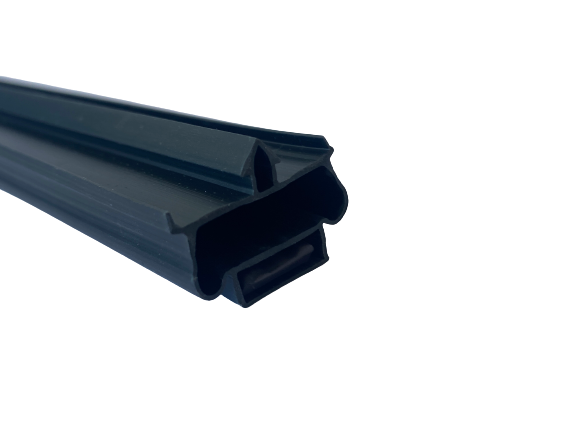Nov . 03, 2024 03:01 Back to list
best sealing strip for gaps in photovoltaic solar panels
The Best Sealing Strips for Gaps in Photovoltaic Solar Panels
As the adoption of photovoltaic solar panels continues to rise, ensuring their efficiency and longevity becomes increasingly critical. One of the often-overlooked aspects of solar panel installation is the sealing of gaps, which can arise from the mounting systems, frame tolerances, or environmental factors. The right sealing strip can make a significant difference in protecting your solar investment.
When selecting a sealing strip for gaps in solar panels, several factors come into play—durability, weather resistance, ease of application, and thermal expansion compatibility. Here are the best types of sealing strips suited for this purpose
1. EPDM Rubber Sealing Strips Ethylene Propylene Diene Monomer (EPDM) rubber is an excellent choice for sealing strips due to its outstanding weather resistance, UV stability, and flexibility. It can withstand extreme temperatures and harsh weather conditions, making it ideal for outdoor applications. EPDM strips are easy to apply and can effectively fill gaps around the edges of solar panels, preventing moisture intrusion, which could lead to corrosion and short-circuiting.
2. Silicone Sealants Silicone-based sealants offer high elasticity and excellent adhesion to various surfaces, including metals and glass. While typically applied as a liquid, some silicone products come in strip form. Once cured, they form a waterproof barrier that protects the internal components of solar panels from water damage. Their temperature resistance is noteworthy, allowing them to perform well in a wide range of climates.
best sealing strip for gaps in photovoltaic solar panels

3. Closed-Cell Foam Tapes Closed-cell foam tapes are another effective sealing solution for solar panel gaps. These tapes provide a soft, compressible material that conforms well to irregular surfaces. They are often self-adhesive, making installation quick and straightforward. The foam is resistant to moisture, UV light, and temperature changes, providing a reliable long-term sealing solution.
4. Thermal Expansion Considerations When selecting a sealing strip, consider how materials will expand and contract with temperature fluctuations. Certain materials, such as neoprene or specialized thermal sealing strips, are designed to accommodate these movements while maintaining an effective seal.
5. Application Best Practices Proper installation is crucial to maximizing the effectiveness of sealing strips. Ensure that the surfaces are clean and dry before applying the strip. Stretching the strip slightly during installation can enhance adhesion and create a better seal.
In conclusion, choosing the right sealing strip for gaps in photovoltaic solar panels is essential for optimizing performance and ensuring durability. EPDM rubber, silicone sealants, and closed-cell foam tapes are among the best options available. By prioritizing quality materials and proper installation techniques, solar panel owners can protect their systems from potential damage and enhance their overall efficiency.




